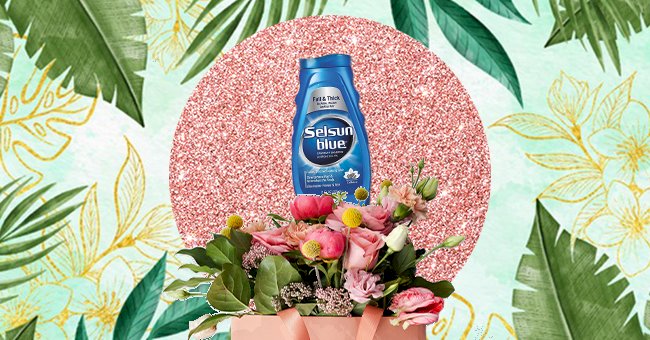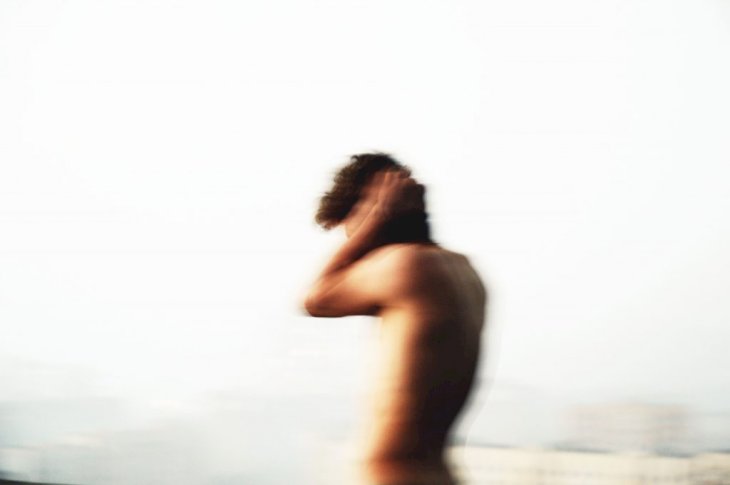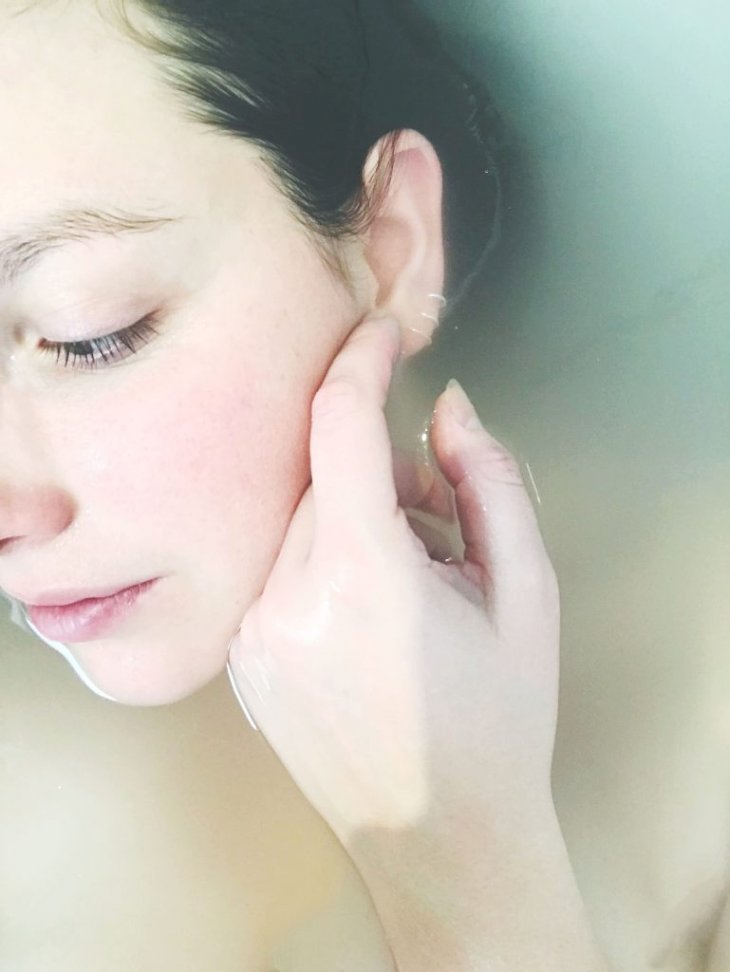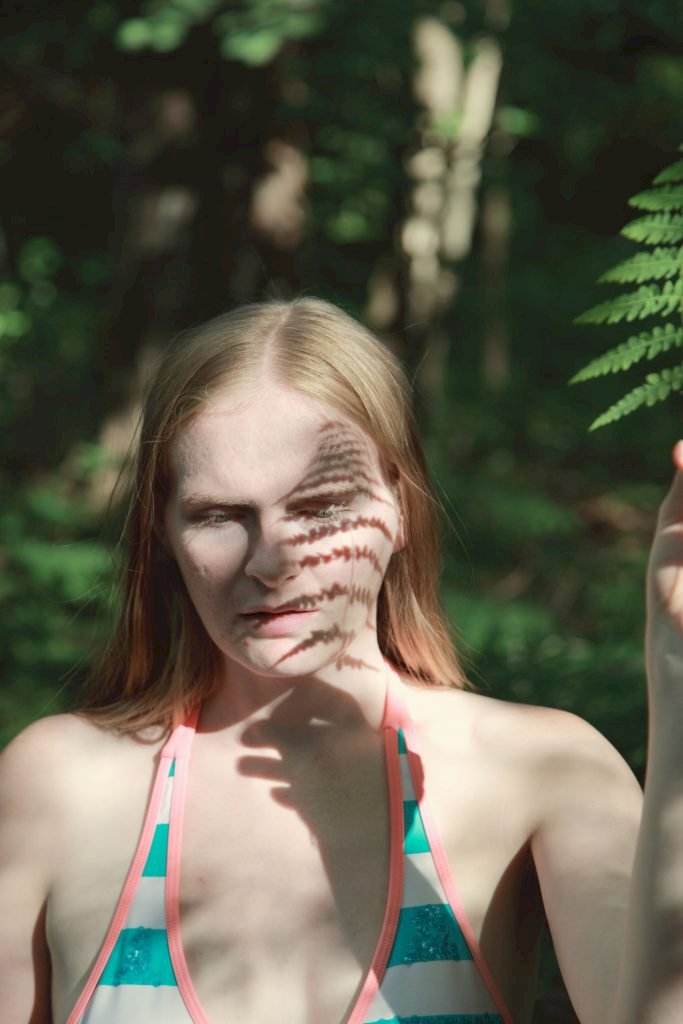
A Comprehensive Guide To 'Fungal Acne'
Acne is a pest. As more skincare products are geared toward tackling acne, and skincare enthusiasts have bandied about the term Fungal Acne in reference to small pimple-like breakouts on their face, you may want to consider that Fungal Acne is not real.
Furthermore, it is a coined term for a pesky skin condition called Pityrosporum folliculitis or Malassezia folliculitis. Moreso, it does not occur on the face, and neither is it a classification of acne. More importantly, nothing marketed towards acne will get rid of it.
Do not depend on viral social media or anti-acne products as they will cause aggravate fungal acne. Therefore, read on to know the signs and symptoms of fungal acne and appropriate treatment to treat and prevent occurrence.
How to Spot Fungal Acne

Photo by Aliaksei on Unsplash
Fungal Acne seems similar to bacterial acne. However, the difference is crucial. Fungal Acne appears on the ‘trunk’ upper arms, chest, and back and rarely on the face, unlike bacterial acne. Moreso, the pimples are uniform and do not vary in size like bacterial acne.
Malassezia also itches and forms pus-filled pimples in clusters. In contrast, bacterial acne develops whiteheads and blackheads and rarely itches. As it is caused by yeast, you may also want to look out for signs of dandruff and psoriasis on your body.
Causes of Fungal Acne

Photo by Coline Haslé on Unsplash
Yeast is the fungus causing the hair follicles’ inflammation, resulting in pimple-like bumps, not by oil and bacteria like bacterial acne. The yeast Malassezia, is normal on the skin, but the overgrowth is the cause of the condition.
Trapped moisture from sweaty clothes or re-wearing sweaty clothes and tight non-breathable clothes encourage sweat and moisture. Also, dietary changes, such as a high intake of carbs, feed yeast. Another factor is warm climates and antibiotics.
How Fungal Acne is Treated
At-home treatments to rid the fungus are possible. First, shower more regularly, especially after the gym or a workout, to wash away excess yeast. Wear looser clothes to encourage proper circulation and good bacterial and fungal growth.
According to Dermatologists, you may want to try a dandruff body wash. It is an off-label use of the product, but it is effective, especially if they contain pyrithione zinc or selenium sulfide. Let it sit on your skin for a few moments before washing off. Use it regularly for a week.
When To Seek Help

Photo by Tsunami Green on Unsplash
You may have to seek the help of a dermatologist if the condition lasts for three weeks. Make an appointment with a dermatologist. They may prescribe oral treatments which are more effective than topical treatments.
If the symptoms reoccur, make another appointment, after which you and your doctor may discuss preventative measures. Also, it should be noted that Malassezia yeast is infectious so keep up to date with a regular cleansing routine.
How to Prevent Fungal Acne

Photo by Jessica Felicio on Unsplash
Fungal acne cannot be prevented entirely. However, you can use it to reduce the chances. First, use anti-dandruff shampoo often. Once the infection is gone, you can cut back to a weekly use only, as stopping the shampoo may trigger a reoccurrence.
Eat a balanced diet full of fresh fruit, protein, and vegetables to discourage yeast from feeding on sugary carbohydrates. Also, wear breathable fabrics and always shower after sweating to prevent yeast overgrowth environments.